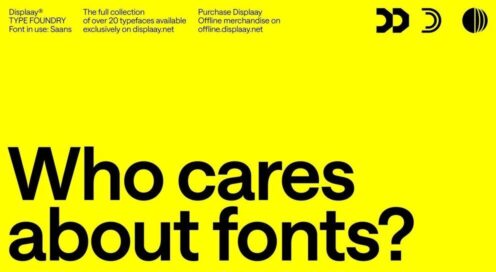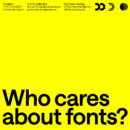Social Justice by Design & Strong Like Two People
Robin Landa, Adolfo Ruiz
About this video
Description
Social Justice by Design, presented by Robin Landa, Kean University
Graphic design and advertising rest on the distinction that words and images in combination become objects of transmission. When designers and art directors turn the combination of words and images into visual communication, their own understanding of social justice serves as a collaborator by making their meaning just or by imbuing it with bias. Creative professionals who create popular culture have a responsibility to respect all members of society, including those of different races, ethnicities, religions, beliefs, genders, sexuality, abilities, and age. With that firm belief, I have written a treatise comprised of questions to ask when one critiques design solutions because systematic inequality represented in cultural artifacts can inadvertently shape thinking and ideas. Additionally, encouraging existing hegemonic systems can be especially dangerous in graphic design and advertising, which often sets out to persuade its audience.
Strong Like Two People, presented by Adolfo Ruiz, Assistant Professor at MacEwan University in Alberta
This paper presents initial post-doctoral research in the development of curriculum for a course that bridges Indigenous knowledge with design practice (to be offered to people from the Tłı̨chǫ Dene region of the Northwest Territories, by the Faculty of Extension at the University of Alberta). This research involved data gathering and engagement with community members and educators in Behchokǫ̀, N.W.T., as well as discussions with the faculty of Extension during the summer of 2019. This research led to the creation of a proposed curriculum submitted to the Friendship Centre in Behchokǫ̀ in July of last year—this document provides an initial draft of how Indigenous knowledge and design practice can be combined in a land-based educational context. The curriculum is a flexible and adaptable system for teaching—allocating time for storytelling, traditional activities, and design practice over a four-day period. This curriculum is intended to engage community youth in design activities that reflect on traditional knowledge. This learning experience is intended to bring together regional elders, teachers, and design educators.
Robin Landa
Adolfo Ruiz









